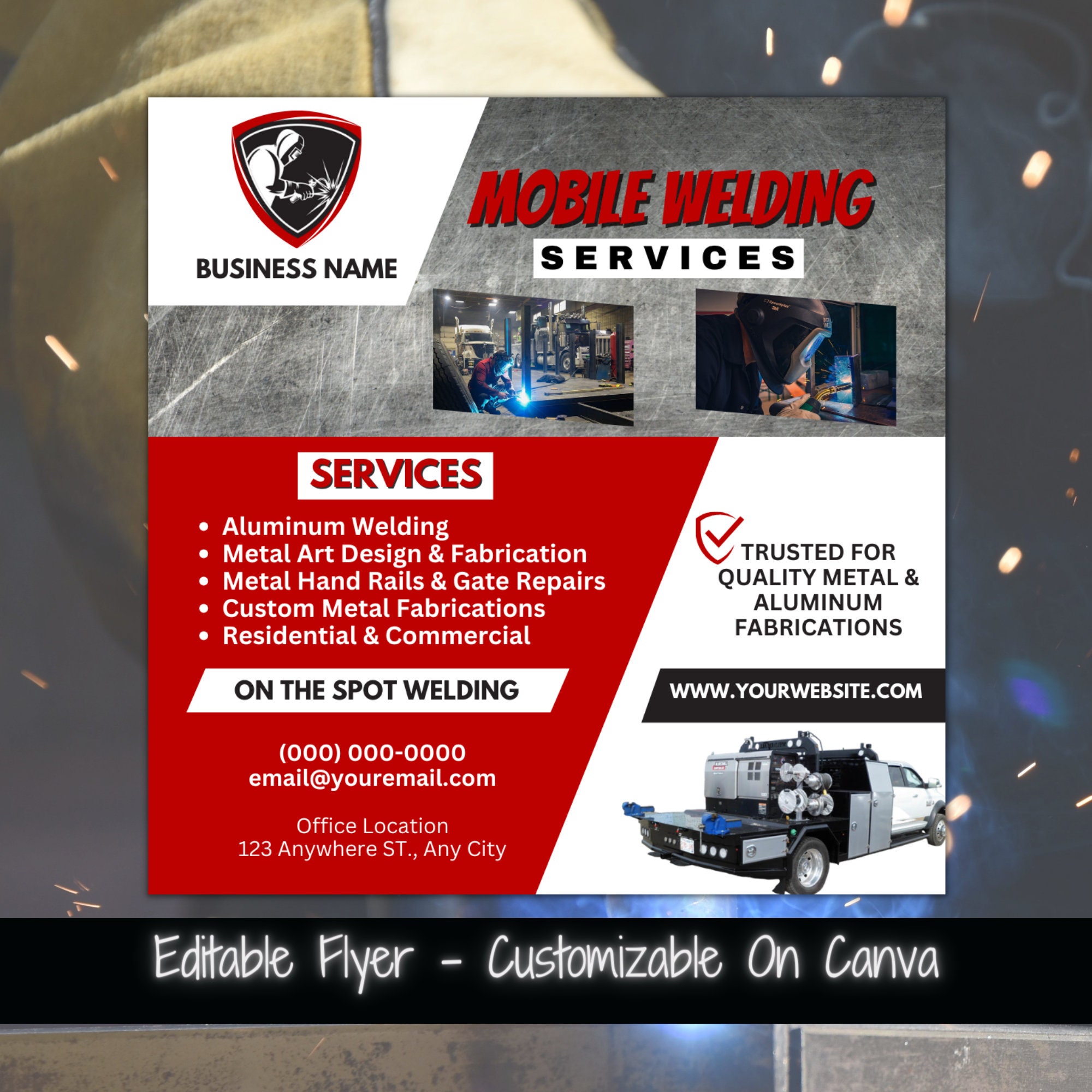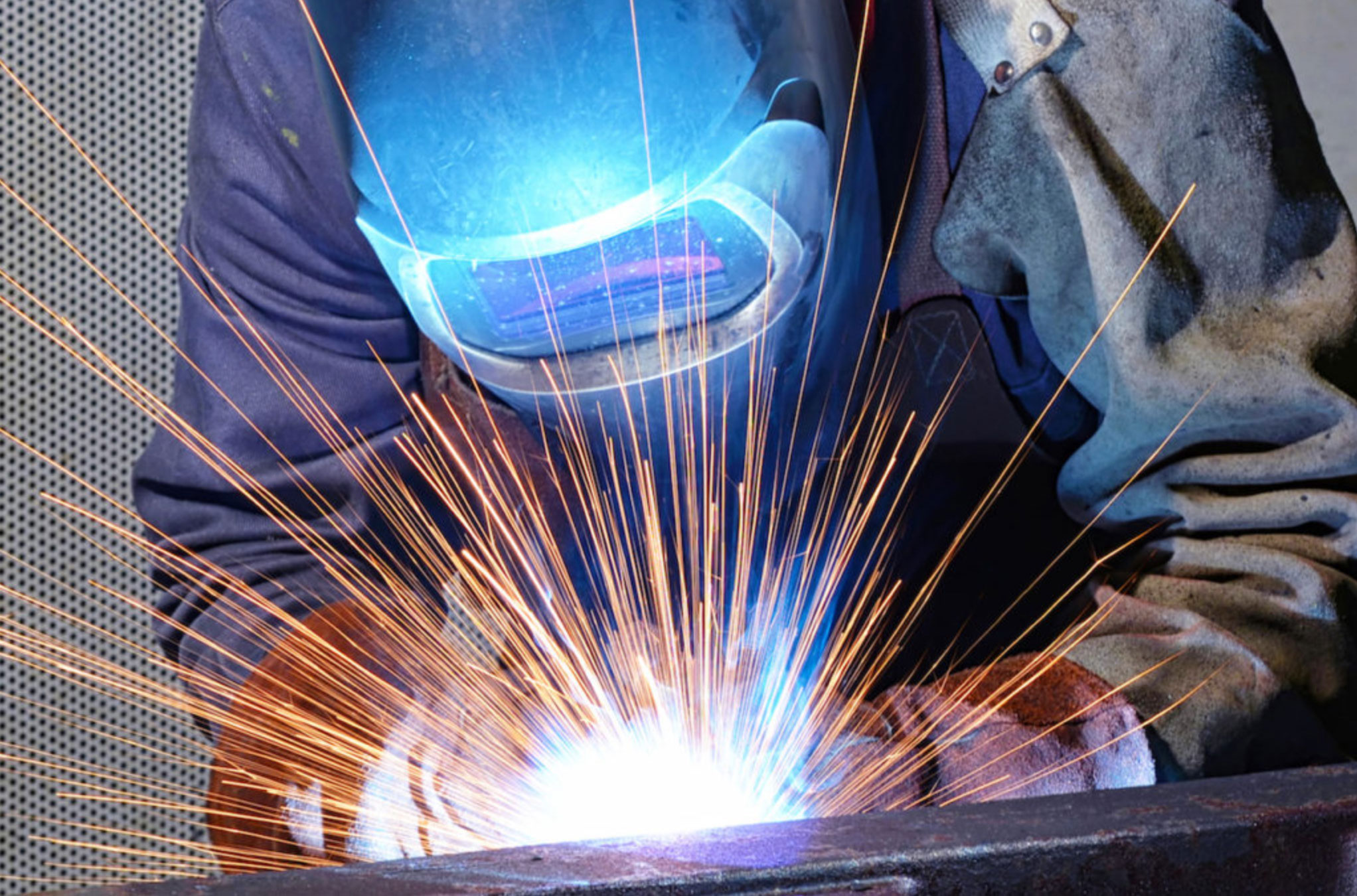Licensed Welding Inspection Service for Construction Sites
Licensed Welding Inspection Service for Construction Sites
Blog Article
Comprehending the Numerous Kinds of Welding Techniques and Providers Readily Available

Summary of Welding Methods
Welding strategies include a diverse series of techniques utilized to join products with each other permanently. One typical technique is arc welding, which includes producing an electrical arc between the base and an electrode material to thaw and fuse them together. This method is flexible and can be utilized with various metals, making it one of the most extensively made use of welding procedures.

In addition, TIG welding, or Gas Tungsten Arc Welding (GTAW), is a tidy and specific welding technique that makes use of a non-consumable tungsten electrode to create the weld. TIG welding is typically used for thinner materials and provides exceptional control over the welding procedure. In general, recognizing these different welding strategies is essential for choosing the most appropriate approach for different jobs.
Commonly Made Use Of Welding Approaches
A variety of typically utilized methods are employed in the field of welding to effectively join materials together. Among one of the most widely used methods is Gas Steel Arc Welding (GMAW), additionally called MIG welding. This method utilizes a cable electrode that is fed with a welding weapon, together with a shielding gas to secure the weld from impurities airborne. An additional common method is Shielded Metal Arc Welding (SMAW), or stick welding, which utilizes a flux-coated electrode to develop the weld. Tungsten Inert Gas (TIG) welding is favored for its accuracy and flexibility, using a non-consumable tungsten electrode to create the weld. Flux-Cored Arc Welding (FCAW) is commonly used in commercial settings due to its high welding speed and portability. Additionally, Submerged Arc Welding (SAW) is optimal for creating deep welds on thick products. These frequently used welding techniques satisfy various requirements and products, offering options for different welding applications.
Advanced Welding Services
Building upon the structure of frequently you can try this out used welding methods, more helpful hints the world of advanced welding solutions encompasses cutting-edge strategies and innovations that push the borders of precision and effectiveness in material joining procedures. Advanced welding services often entail specialized techniques such as laser welding, electron beam welding, and rubbing mix welding. Laser welding utilizes a very concentrated beam to exactly join steels with minimal heat-affected areas, making it optimal for delicate or intricate components. Electron beam welding, on the various other hand, utilizes a high-velocity electron light beam to produce deep weld penetrations in products like aerospace alloys or different metals. Rubbing stir welding, a solid-state signing up with procedure, allows the welding of products that are testing to fuse using conventional techniques, like light weight aluminum and copper. These innovative strategies supply enhanced control over the welding process, leading to stronger, much more resilient welds with decreased distortion and improved overall quality.
Specialized Welding Methods

One more specialized welding technique is laser beam of light welding, where a highly concentrated beam of light of light is used to sign up with steels with marginal heat-affected areas and distortion. These specialized welding techniques showcase the diversity and advancement existing in the field of welding, using solutions for a large array of industrial applications.

Picking the Right Welding Refine
With numerous welding methods readily available, it is crucial to take into consideration elements such as the type of steel, density, joint style, and desired end outcome when selecting the ideal welding procedure. Amongst the typical welding methods are Gas Steel Arc Welding (GMAW), Secured Metal Arc Welding (SMAW), Gas Tungsten Arc Welding (GTAW), and Flux-Cored Arc Welding (FCAW) GMAW, also recognized as MIG welding, is appropriate for welding slim to thick steels and is versatile in numerous placements.
Final Thought
In conclusion, comprehending the various kinds of welding strategies and solutions readily available is crucial for choosing the right technique for a specific job. By recognizing the generally used welding techniques, advanced welding solutions, and specialized techniques, individuals can make enlightened choices to guarantee the success of their welding tasks. It is very important to consider aspects such as products, project demands, and budget when selecting the most appropriate welding procedure.
From standard techniques like stick welding to advanced processes such as laser welding, the world of welding supplies a multitude of choices for joining steels together.In addition, TIG welding, or Gas Tungsten Arc Welding (GTAW), is a clean and exact welding approach that makes use of a non-consumable tungsten electrode to produce the weld. Advanced welding solutions usually include specialized approaches such as laser welding, electron beam of light welding, and rubbing mix welding. Amongst the usual welding techniques are Gas Metal Arc Welding (GMAW), Protected Metal Arc Welding (SMAW), Gas Tungsten Arc Welding (GTAW), and Flux-Cored Arc Welding (FCAW) By being aware of the commonly made use of welding approaches, advanced welding solutions, and specialized strategies, people can make educated decisions to make sure the success of their welding jobs.
Report this page